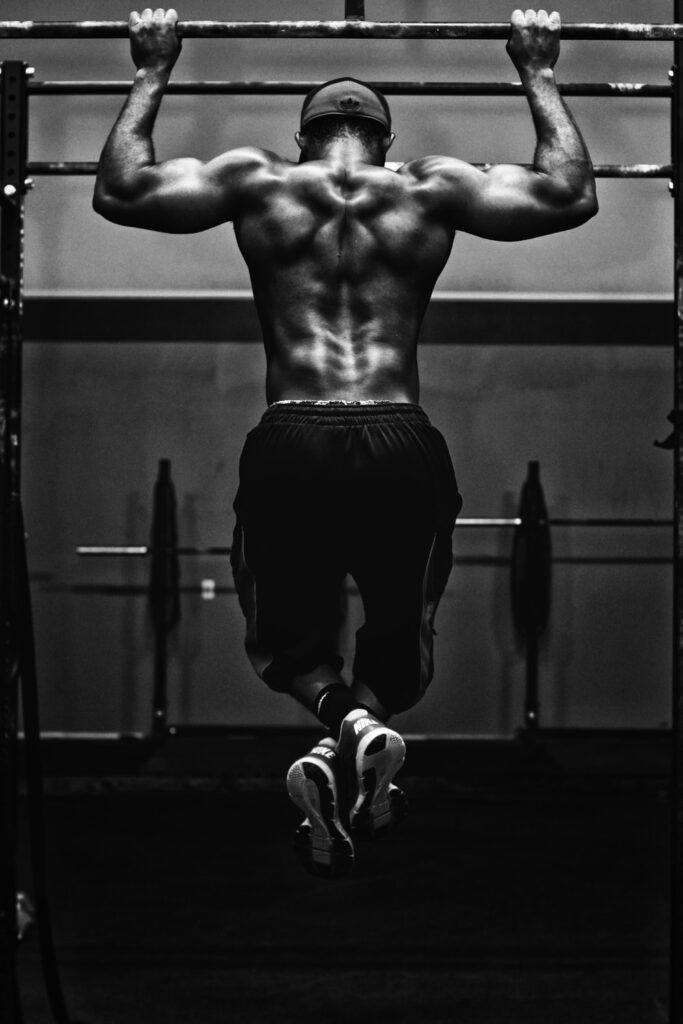
When you go to the gym, you will find a person or two doing a particular movement partially. You then wonder if these people are gaining anything from partially executing movements.
Many people believe that when you hit the reps of a particular movement in a full range of motion is only when you benefit from the movement the most. Partial reps are considered as a waste of time. However, there have been factions that believe that partial reps are the way to go for exceptional gains in strength and size.
What is the truth when it comes to partial and full reps? Are either of the factions right? You will be enlightened about all of those things in this article. We will help you understand what partial and full reps are and how they should be incorporated in your training for optimal benefits. Let us begin.
What are partial and full reps?
The difference between partial reps and full reps is the range of motion your muscles are subjected to when doing a single rep of a workout. Range of motion refers to the complete movement potential of a joint from extension to contraction.
Full reps involve starting a rep while your muscle is fully extended, then bringing it to a fully contracted position and then back to the original position. This means that a partial rep is a repetition that is conducted with no full contraction or flexion of muscles.
Between partial reps and full reps, which one is more beneficial?
Resistance training has seen a much greater adoption of partial reps in the recent past. Partial reps have now become a crucial component in the world’s most prolific bodybuilders’ training routine. Box squats and rack pulls are some of the workouts that can be executed in partial reps. The benefits of either partial reps or full reps can be discussed on the basis of what you want to achieve – muscle growth, strength, or power.
While still on muscle growth and other things brought about by exercising, you can also enhance your muscles using steroids. You can find out here about where to buy quality steroids at great prices.
Muscle growth
According to scientific research, if you use full range of motion repetitions, you stand a greater chance of having a better muscle growth than when using partial reps. This is because full reps allow your muscles to move the weights in a longer distance. This means that you are exerting more mechanical tension on your muscles, which triggers muscle growth. At the same time, when doing full reps, your muscles are subjected to a greater tension, which is known to induce muscle growth.
Strength
Concerning strength, partial reps and full reps work differently depending on whether the lifter is advanced or less experienced.
If you are an advanced lifter, then partial reps are the way to go. Advanced lifters perform heavy lifting workouts when compared to novices. Partial reps help them break sticking points during these exercises. Less experienced lifters will not gain much from partial reps because their development cannot allow them do heavy lifting exercises.
Power
Just like with strength, the power output using partial reps is higher in advanced power lifters than beginners. Doing full range of motion squats can help improve your overall power output, and if you want to enhance your performance in jumping, then you can do partial reps.
Should partial and full reps be combined?
Many studies have been conducted with regards to how you can benefit from partial or full reps or both of them combined. While the findings are a bit mixed, they mostly tend to suggest partial reps favoring advanced lifters or bodybuilders in strength, power, or muscle growth.